Space News
Brighter Side of News
237

Image Credit: Brighter Side of News
NASA’s JWST provides evidence that our universe exists inside of a black hole
- NASA's James Webb Space Telescope (JWST) is revolutionizing our understanding of the universe by capturing celestial objects with unparalleled detail.
- JWST's observations have unveiled early galaxies like JADES-GS-z14-0, challenging conventional theories of galaxy formation as they appeared just 250 million years after the Big Bang.
- Surprising discoveries include spiral galaxies, previously believed to form gradually over billions of years, existing in the universe's infancy.
- The presence of high-redshift galaxies and the Hubble tension in cosmology hint at potential gaps in fundamental physics.
- A notable finding is the imbalance in galactic rotation directions observed by JWST, prompting questions about the universe's structure and origin.
- The asymmetry in galaxy rotation suggests possibilities like the universe having inherent rotation or observational biases due to the Milky Way's motion.
- Theoretical models, including black hole cosmology and recalibrating distance measurements, aim to explain the mysterious galactic rotation pattern.
- JWST's revelations challenge traditional cosmological beliefs and may lead to significant shifts in our understanding of cosmic origins and evolution.
- Published in the Monthly Notices of the Royal Astronomical Society, these findings pave the way for further groundbreaking discoveries from JWST.
- As JWST continues its mission, it promises to unveil more cosmic mysteries that could reshape modern astronomy's foundation.
Read Full Article
14 Likes
Nasa
53

Image Credit: Nasa
NASA to Provide Live Coverage of Crew-9 Return, Splashdown
- NASA will provide live coverage of the agency’s SpaceX Crew-9 return to Earth from the International Space Station.
- NASA and SpaceX are targeting an earlier Crew-9 return opportunity based on favorable conditions forecasted for March 18.
- Mission managers will continue monitoring weather conditions to confirm the specific splashdown location closer to the Crew-9 return.
- Live coverage of Crew-9 return activities can be watched on NASA+.
Read Full Article
2 Likes
Hackaday
308
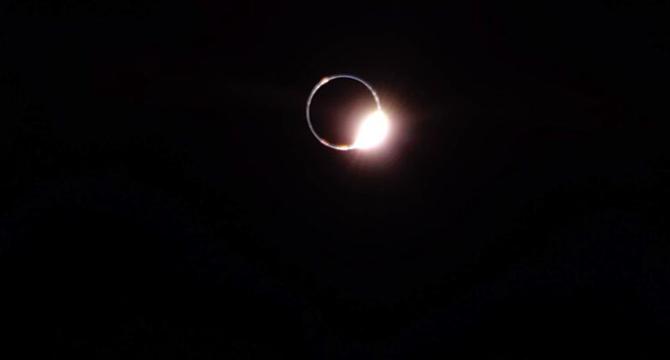
Image Credit: Hackaday
Blue Ghost Watches Lunar Eclipse from the Lunar Surface
- Firefly's Blue Ghost lunar lander observed a total solar eclipse from the lunar surface.
- This is the first time a commercial entity has been able to witness this phenomenon.
- The Blue Ghost lander captured the solar eclipse with a wide-angle camera on its top deck.
- The lunar eclipse appeared differently compared to the Blood Moon observed from Earth.
Read Full Article
18 Likes
The Verge
62

Image Credit: The Verge
The head of a Biden program that could help rural broadband has left
- Evan Feinman, head of the $42.5 billion BEAD program, has left the position amid disagreements over program direction.
- Feinman raised concerns over shifting focus to satellite-based internet over fiber build-outs in his outgoing email.
- Commerce Department Secretary Howard Lutnick announced a review of BEAD, criticizing its lack of internet connections and perceived issues.
- BEAD, part of the Biden-era infrastructure bill, aims to provide high-speed internet to underserved areas in the US, prioritizing fiber-based connections.
- The program progress has faced challenges with only a few states moving towards finalizing proposals for public comment.
- Critics argue that the program's changes could benefit Elon Musk's Starlink, potentially directing billions to satellite operators.
- Feinman's concerns included perceived delays, potential limitations on fiber connections, and impacts on states with approved proposals.
- The program's future remains uncertain as the administration contemplates changes that may impact broadband deployment in rural America.
- Feinman's departure signifies ongoing challenges and debates surrounding the strategic direction and implementation of the BEAD program.
- The potential policy shifts and controversies highlight the complexities of expanding broadband access in underserved regions across the country.
Read Full Article
3 Likes
Discover more
Knowridge
13

Image Credit: Knowridge
Did supernovae cause mass extinctions on Earth? Scientists say yes
- Supernovae may have caused at least two mass extinctions on Earth.
- The explosions stripped away Earth’s ozone layer, leading to acid rain and harmful UV radiation.
- Two major die-offs, the Ordovician extinction and late Devonian extinction, may have been caused by supernovae.
- Current research indicates no stars close enough to pose a real danger.
Read Full Article
Like
Knowridge
175

Image Credit: Knowridge
Why is Mars red? Scientists may finally have the answer
- Scientists have finally figured out why Mars is red, which has been a mystery for a long time.
- A study suggests that the mineral ferrihydrite is responsible for Mars' reddish dust, challenging the previous belief that hematite was the main cause of the planet's color.
- Ferrihydrite forms in wet environments, suggesting that Mars was once much wetter than it is today.
- The discovery raises questions about the possibility of past life on Mars and supports the idea of a different climate billions of years ago.
Read Full Article
10 Likes
Earthsky
40
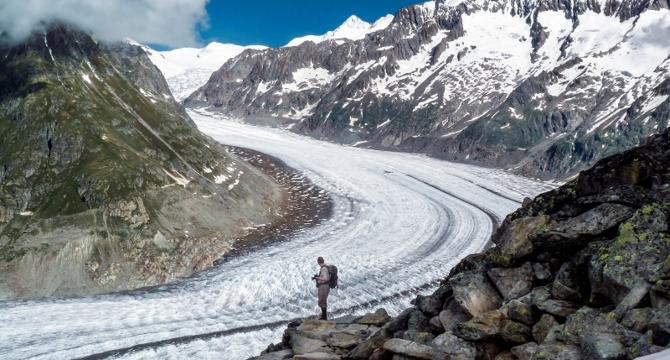
Image Credit: Earthsky
Enormous glaciers on Snowball Earth helped life evolve
- Around 700 million years ago, during a Snowball Earth period, enormous glaciers carved through the planet's crust, releasing minerals that flooded Earth's oceans and allowed for the surge in complexity of life.
- Glacial ice, technically a form of metamorphic rock, flows downhill like slow-moving water, shaping and bulldozing through landscapes to create distinctive features.
- Researchers compared sedimentary rocks from before and after the glacial period to conclude that glaciers scraped deep into Earth's crust, picking up sediment and minerals.
- As glaciers melted, minerals previously trapped beneath the ice were released into the oceans, altering ocean chemistry and potentially aiding the development of more complex life forms.
- The increased availability of oxygen and influx of minerals during this period likely contributed to the sudden development of more complex life forms on Earth.
- The study emphasizes the interconnectedness of Earth's natural processes and serves as a reminder of the lasting impacts of environmental changes, whether natural or human-driven.
- Ancient glacial activity set off chemical chain reactions, reshaping the planet and highlighting the profound and lasting impacts that environmental changes can have.
- The research underscores how Earth's land, oceans, atmosphere, and climate are intimately connected, demonstrating the significant role huge glaciers played in influencing the evolution of life on our planet.
- This study sheds light on how environmental changes, whether ancient like the Snowball Earth period or modern-day human-driven, can drastically affect the habitability of Earth.
- Glaciers covering the planet during the Snowball Earth period are believed to have played a crucial role in advancing the evolutionary development of life on Earth, showcasing the historical significance of these enormous ancient glaciers.
Read Full Article
2 Likes
Earthsky
8

Image Credit: Earthsky
Can your independent cat make friends with others?
- Cats can form friendships with other cats or dogs, depending on various factors like indoor/outdoor lifestyle, sex of the cats, and resource competition.
- Behaviors indicating a cat friendship include social grooming, spending time together, and playing together, while charging or fighting may signal disagreement.
- Successful cat friendships often involve cats that are female, grow up together, are closely related, and live in close proximity.
- Indoor-only cats can also develop strong bonds with other cats in the household, especially if introduced at a young age and related.
- Male pairs of de-sexed cats tend to form closer bonds than male-female pairs, with female pairs being the least likely to become friends.
- First introductions between cats are crucial for long-term relationships, with factors like early exposure and slow introductions playing significant roles.
- While cats allowed outdoors may encounter territorial disputes, cats can still form positive relationships with other species like dogs if introduced properly.
- Introducing a new companion to a pet cat should be done slowly and supervised, with plenty of safe spaces, toys, and resources to prevent conflicts.
- Ultimately, a cat’s closest relationship is typically with its human owner, and interactions with other animals are not essential for their well-being.
- Ensuring cats have attention, playtime, and a comforting environment is crucial for their happiness, even if they maintain their aloof reputation.
Read Full Article
Like
Earthsky
358

Image Credit: Earthsky
Exciting! 4 new mini-Earth exoplanets at nearby star
- Astronomers have confirmed four mini-Earth exoplanets orbiting Barnard’s Star, the closest single star to our solar system.
- All four planets are smaller and less massive than Earth, with sizes ranging from about 20% to 30% the mass of Earth.
- The discovery was made using the Gemini North telescope in Hawaii and data from the Very Large Telescope (VLT) in Chile.
- These exoplanets are most likely rocky, similar to Earth, but further confirmation is still needed.
Read Full Article
21 Likes
Livescience
250

Image Credit: Livescience
Space photo of the week: James Webb telescope's view of the Flame Nebula is a 'quantum leap' forward for astronomers
- The James Webb Space Telescope (JWST) has provided a quantum leap forward for astronomers by capturing images of the Flame Nebula (NGC 2024) star-forming region.
- The telescope found free-floating objects in the Flame Nebula, known as brown dwarfs, which are intermediate between stars and planets.
- JWST discovered brown dwarfs two to three times the mass of Jupiter, smaller than scientists expected based on previous observations by the Hubble Space Telescope.
- The infrared sensitivity of the JWST allowed scientists to study objects that are difficult to observe with standard telescopes, expanding our understanding of brown dwarfs.
Read Full Article
15 Likes
Metro
165

Image Credit: Metro
Moment ‘alien’ enters the International Space Station after SpaceX crew docks
- NASA astronauts Suni Williams, 59, and Butch Wilmore, 62, have been rescued from the International Space Station (ISS) by a Dragon capsule sent by SpaceX after being stuck in space for nine months.
- The Dragon capsule not only brought back Williams and Wilmore but also delivered four new astronauts to the ISS from the US, Japan, and Russia.
- During the docking at the space station, astronaut Nick Hague was seen floating around in an alien mask, providing a surprise welcome.
- Williams and Wilmore will have to wait a few more days before returning to Earth aboard the Dragon capsule.
Read Full Article
9 Likes
Earthsky
322
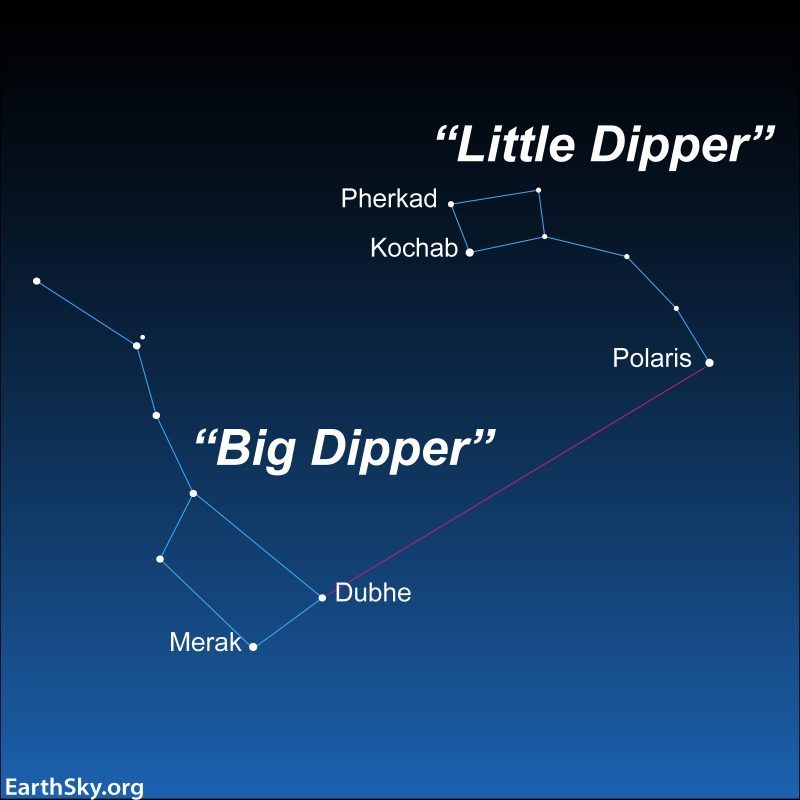
Image Credit: Earthsky
Use the Big Dipper to find Polaris, the North Star
- An imaginary line drawn from the 2 outermost stars in the bowl of the Big Dipper always points to Polaris.
- The two outer stars in the bowl of the Big Dipper, known as Dubhe and Merak, point to Polaris, making it easy to find.
- Polaris, also known as the North Star, appears fixed in the northern sky and is moderately bright, making it easily visible at night.
- The Big Dipper is not a constellation itself but an asterism within the constellation Ursa Major. It is best seen in the spring and can be used to find directions in the Northern Hemisphere.
Read Full Article
19 Likes
Nasa
44
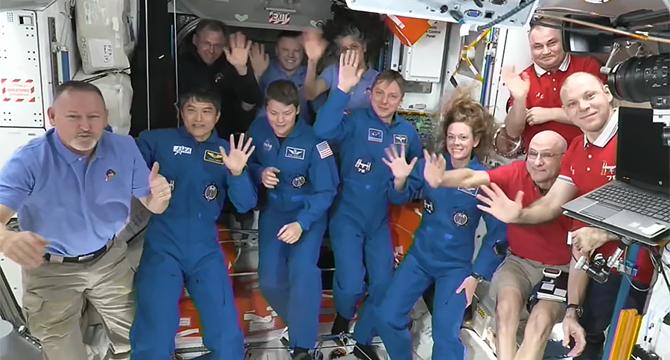
Image Credit: Nasa
Dragon Crew Enters Station and Joins Expedition 72 Crew
- The SpaceX Crew-10 members and Expedition 72 crew join each other for a welcoming ceremony after the SpaceX Dragon spacecraft docks to the International Space Station.
- NASA astronauts Anne McClain and Nichole Ayers, JAXA astronaut Takuya Onishi, and Roscosmos cosmonaut Kirill Peskov enter the International Space Station.
- They are welcomed by the Expedition 72 crew, including NASA astronauts Nick Hague, Don Petitt, Suni Williams, and Butch Wilmore, as well as Roscosmos cosmonauts Aleksandr Gorbunov, Alexey Ovchinin, and Ivan Vagner.
- NASA's live coverage continues with Crew-10 welcome remarks and Crew-9 farewell remarks aboard the station.
Read Full Article
2 Likes
Guardian
161
Image Credit: Guardian
SpaceX capsule docks with ISS to bring back stranded Nasa astronauts
- A SpaceX capsule delivered four astronauts to the International Space Station (ISS) early on Sunday in a Nasa crew-swap mission.
- This mission will allow stranded astronauts, Butch Wilmore and Suni Williams, to return home after nine months on the ISS.
- The Crew-10 astronauts' SpaceX Crew Dragon capsule docked to the ISS after a 29-hour journey.
- The crew rotation flight, including Wilmore and Williams, is scheduled to depart the ISS on Wednesday.
Read Full Article
9 Likes
Nasa
259
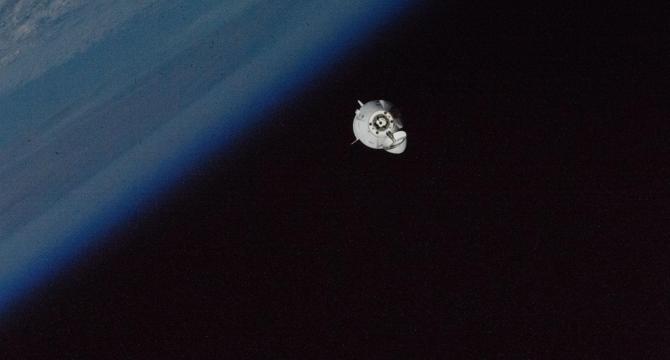
Image Credit: Nasa
SpaceX Crew-10 Mission Approaching Station Now Live on NASA+
- The SpaceX Dragon crew spacecraft carrying NASA astronaut Nick Hague and Roscosmos cosmonaut Aleksandr Gorbunov approaches the International Space Station on Sept. 29, 2024.
- NASA’s live arrival coverage of the agency’s SpaceX Crew-10 mission is underway on NASA+ as astronauts from NASA, JAXA, and Roscosmos make their way to the International Space Station.
- The SpaceX Dragon spacecraft is scheduled to dock at approximately 12:07 a.m. EDT Sunday, March 16. Dragon is designed to dock autonomously.
- Crew-10 will join the Expedition 72 crew of NASA astronauts and Roscosmos cosmonauts when the hatches open at about one hour and 45 minutes after docking.
Read Full Article
15 Likes
For uninterrupted reading, download the app